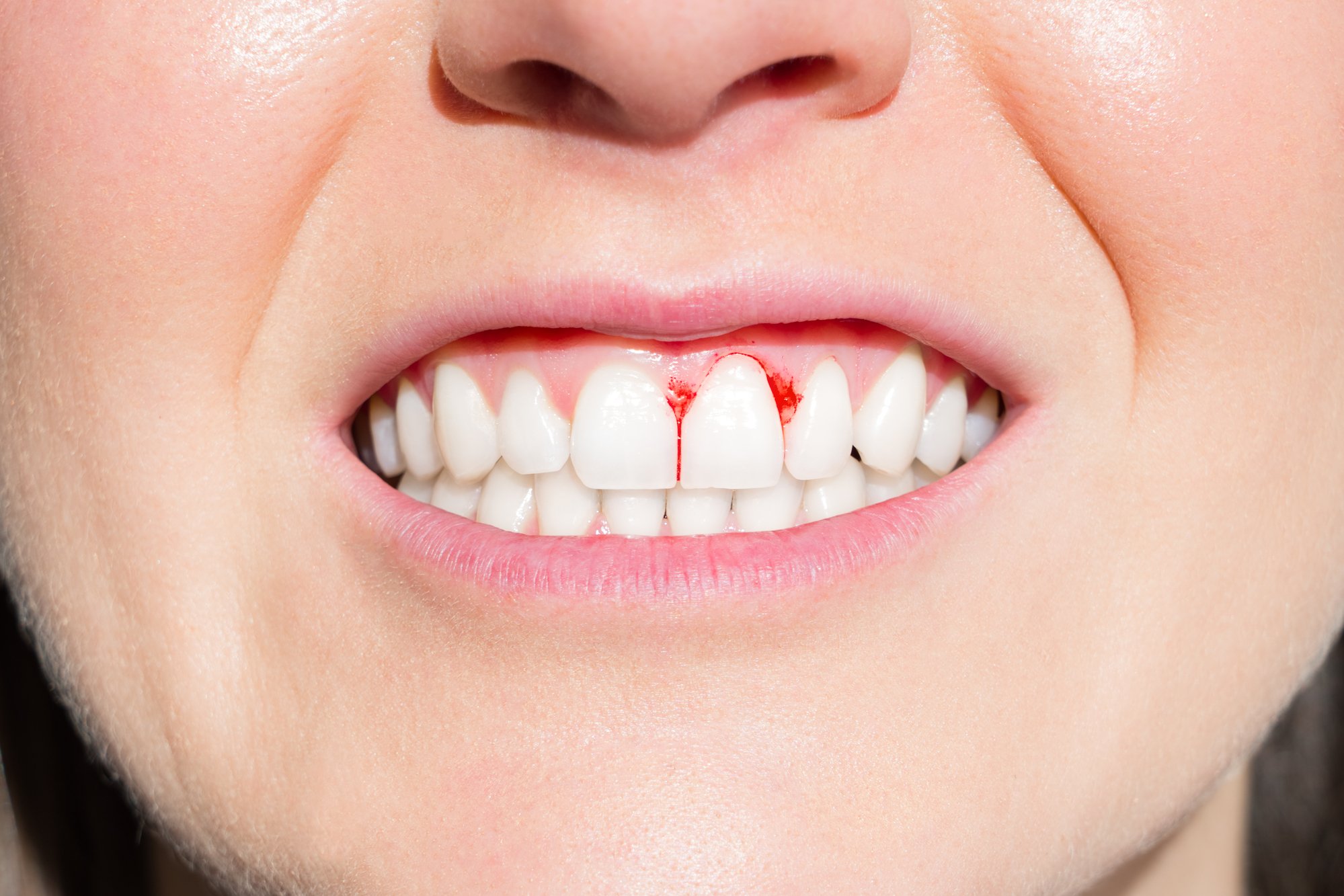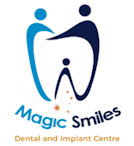
Redness, tenderness, and bleeding, oh my! If this describes your gums, your dentist may tell you that you have developed the earliest form of gum disease. Gingivitis is a sneaky yet prevalent condition signified by inflamed, red gums. In this blog, Dr. Arpit Pathak of Magic Smiles Dental and Implant Centre in Woolgoolga, NSW, answers patients’ commonly asked questions about gingivitis.
1. What causes gingivitis?
Unfortunately, anyone can develop gum disease. However, the most common reason people develop gingivitis is poor oral hygiene. When people neglect oral care, this creates conditions in the mouth that encourage plaque (sticky film of bacteria) formations. After plaque forms on the teeth and is not sufficiently removed, it hardens into tartar.
Because a dental hygienist can only remove tartar, tartar deposits continue to collect bacteria. Over time, these deposits become increasingly difficult to remove and create a protective shield for bacteria. This bacterial accumulation leads to swollen, red gums and irritation along the gumline.
2. What are some risk factors?
In addition to poor oral hygiene, some risk factors that can increase the likelihood of developing this condition include:
- Dry mouth
- Advanced age
- Tobacco usage
- Nutritional deficiencies
- Genetics
- Hormonal changes
- Crooked teeth
- Certain medical conditions and medications
- Improperly fitted dental restorations
3. What are the dangers of gum disease?
Untreated gingivitis can progress and spread to the underlying tissue and bone. When gingivitis advances into periodontal disease, it can lead to more severe complications (including gum recession and loose teeth).
Also, several studies suggest that bacteria associated with periodontal disease may be responsible for advancing systemic disease as it enters the bloodstream (and vice versa). Furthermore, some researchers link chronically inflamed gums to heart disease, certain cancers, and more.
4. How can people prevent gingivitis?
Fortunately, gingivitis is avoidable in most cases. Here are three healthy habits to adopt:
- Practice good oral hygiene: Every day, brush and floss at least twice (in the morning and before going to bed).
- Visit the dentist routinely: As a rule of thumb, people should visit the dentist at least every six months for dental cleanings and exams. The chances are that a dentist can catch and control gum disease with more frequent visits.
- Stay overall healthy: As mentioned earlier, gum disease may be linked to systemic health. Preventing disease via eating healthy, managing blood sugar, and staying fit can help prevent systemic diseases (such as diabetes).
5. Are the symptoms of gingivitis (such as red gums) reversible?
Luckily, gingivitis is reversible if you catch it in time. Scaling and root planing is a deep dental cleaning that can remove all traces of irritating bacteria, plaque, and tartar.
Unfortunately, gingivitis is the precursor to full-blown periodontal disease. Periodontal disease is a permanent condition that requires more ongoing care. As the disease advances, more severe symptoms (such as tooth loss) may occur if neglected.
6. What actions must people take if they suspect gum disease?
If you believe that you may be suffering from gingivitis or any form of gum disease, it’s best practice to visit an experienced dentist before the condition escalates. Prompt treatment can reverse gingivitis and prevent the progression of more serious periodontal disease.
Have you noticed that you or a loved one are experiencing the previously mentioned gingivitis symptoms? If you are experiencing red gums, bleeding, or sensitivity, contact Magic Smiles Dental and Implant Centre in Woolgoolga before it’s too late. Call (02) 6654-0650 or message us online straight away.


